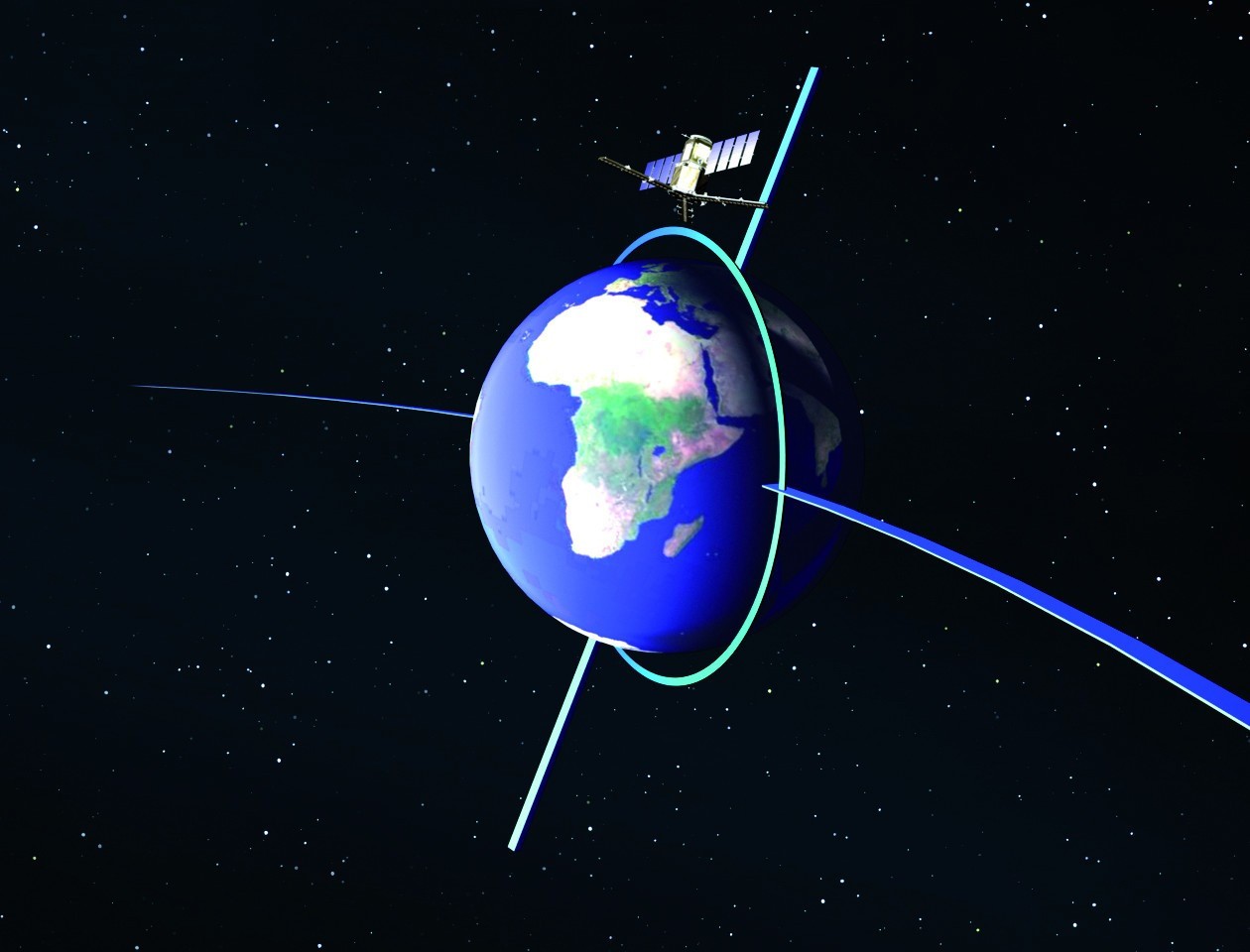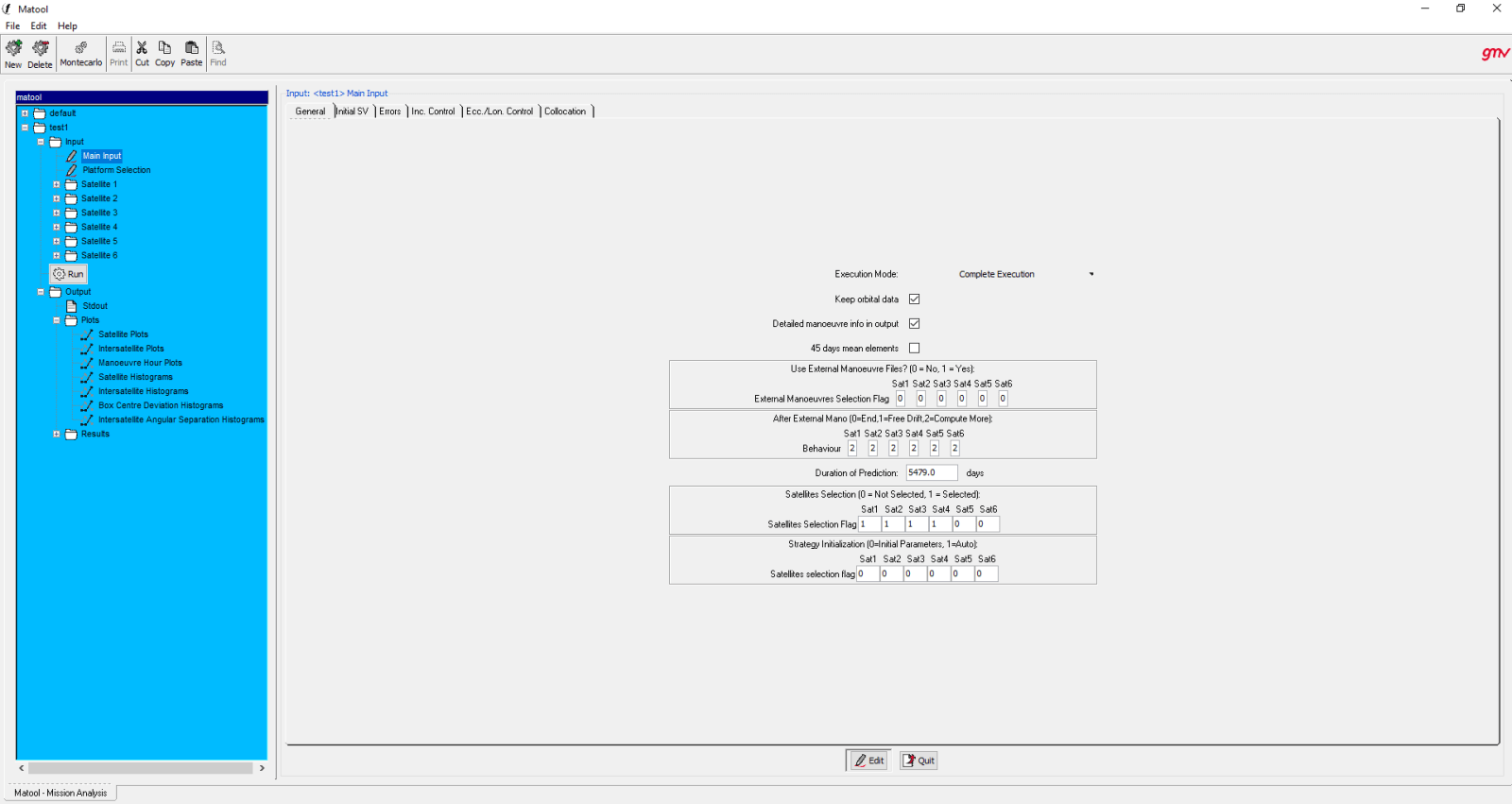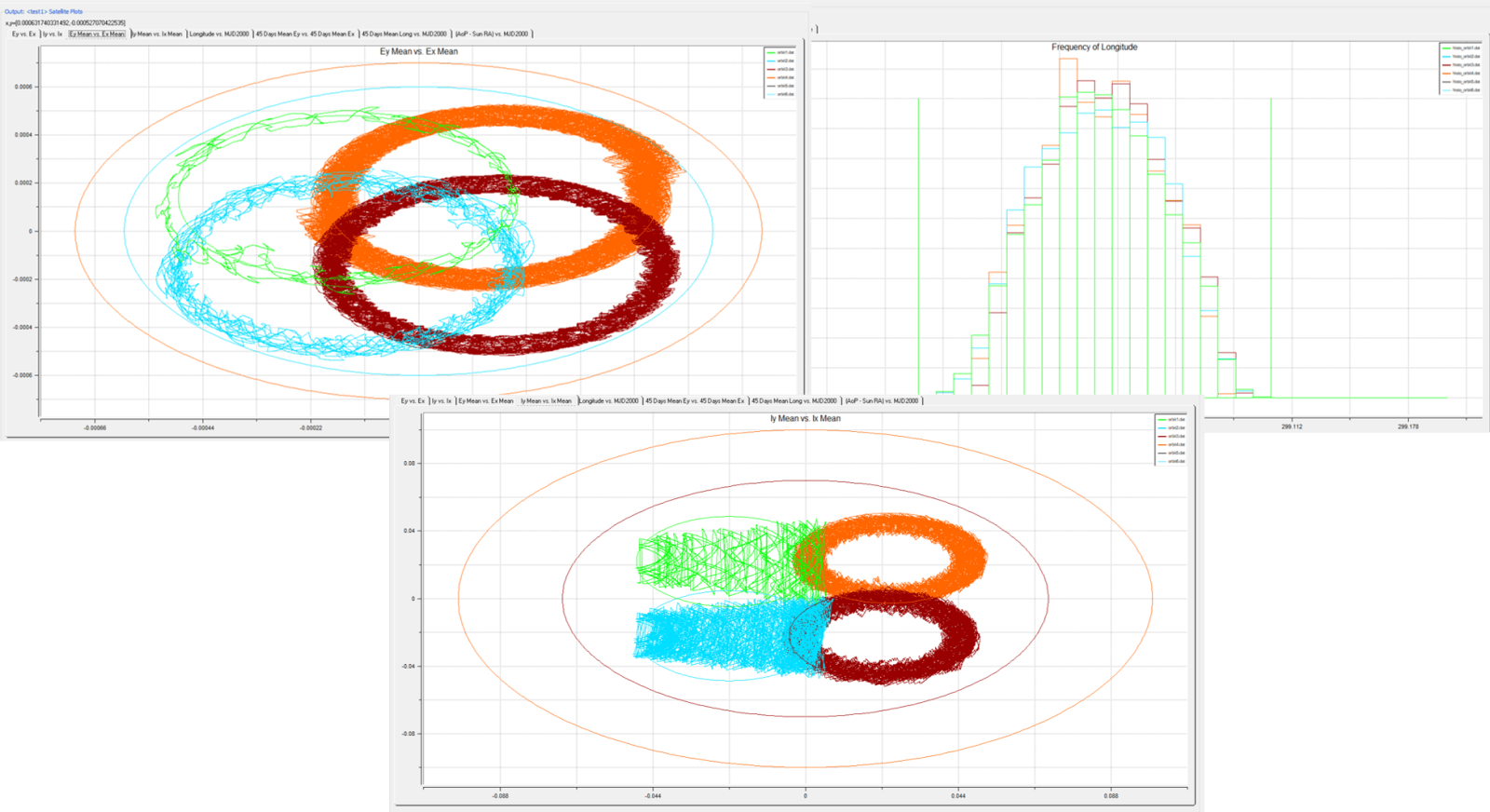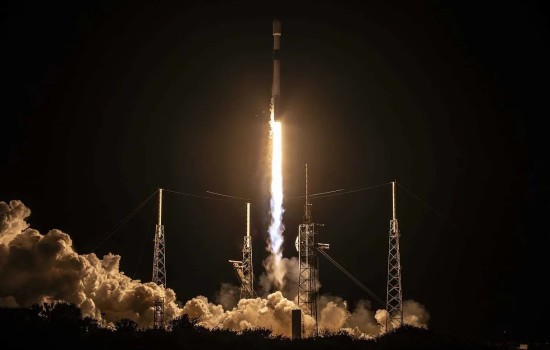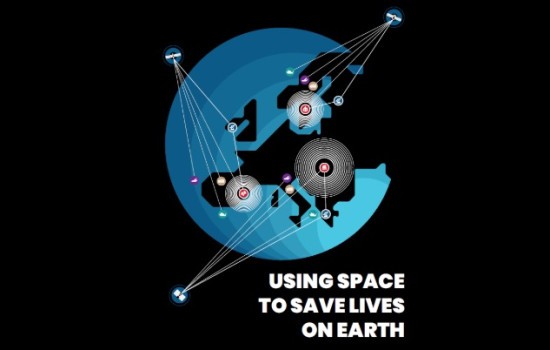Matool
Definition, evaluation, and optimization of station keeping strategies for geostationary satellites
General Information
Mission analysis support
Matool analyses the performance of your station-keeping and collocation strategies in terms of orbital evolution and safety constraints during a long-term simulation for a GEO mission.
Matool adapts to each client's needs including station-keeping strategies for chemical, hybrid or full electrical platforms.
As part of the FocusSuite family, Matool is able to use operational data from FocusGEO.
For more information contact us.
- Evaluation of inclination control strategy (N/S) and drift/eccentricity control strategy (E/W).
- Evaluation of coupled inclination and drift/eccentricity control strategies (electric platforms).
- Strategy performance in terms of safety and velocity required.
- Performance of these strategies is evaluated through simulation of the expected orbit determination errors and thruster behavior (thrust-to-thrust, cross-coupling, etc.).
- Planning future maneuvers required by the satellite within the simulation interval.
- Relative visibility between satellites.
- Analysis and feasibility of collocation strategies for several satellites in the same orbital slot.
- Verification of the restrictions associated with the control window.
- Verification of safety constraints (minimum inter-satellite distance and separation angles).
- Automatic Monte Carlo analysis based on the proposed modelling errors.
- Automatic computation of the collocation parameters based on the characteristics of the cluster.
- Generic maneuver calibration avoiding dependencies on a particular platform.
- Platform-specific station-keeping strategies.
- Swapping direction between north and south.
- Specific configuration based on the propulsion system (chemical, hybrid or full electric).
- Independent station keeping cycle for EW and NS maneuvers.
- Maneuver splitting for north/south thrust.
- Free inclination drift management (no inclination control strategy).
- Chemical vs ionic propulsion analysis.
- Mass evolution calculation.
- Life cycle estimate.
